The album retains its original period binding, with hard covers in black cloth, decorated with gilt fillets and the title “RICORDO D’EGITTO” embossed in metallic letters. Its interior is lined with vibrant red velvet, carefully preserving each of the photographic prints. The initial guard sheet contains a heartfelt handwritten dedication in Spanish, signed in Alexandria in January 1899, in which the album is offered as a travel gift, adding both sentimental and historical value.
The images, in excellent condition, are mounted on card stock and depict genre scenes, local people in traditional clothing, riverside landscapes along the Nile, and historic monuments, including an imposing view of the Sphinx and the Pyramid of Khufu in Giza. Each photograph bears a short caption in French, inscribed directly on the negative, along with the signature “Zangaki”, the unmistakable mark of these two Greek photographers whose work is now internationally collectible.
The Zangaki brothers worked in Egypt from 1870 to 1890, documenting both archaeological marvels and scenes of everyday life with sensitivity and detail. Their images were reproduced on albumen paper, a photographic printing method invented by Blanquart-Evrard and widely used in the second half of the 19th century, and were sold to European tourists fascinated by the exotic East.
This album is a collector’s piece, exceptional for its preservation, print quality, and the historical relevance of its creators. Ideal to enrich a photography collection or to be displayed in an orientalist or historicist-inspired setting, it brings character and sophistication to any space.
A visual and documentary gem that captures the spirit of 19th-century Egypt and the golden age of travel photography.
Don’t miss the chance to own this unique work, whose authenticity and rarity make it a valuable cultural investment.
Dimensions: 32 × 38 cm (12.5 × 14.9 in).
History of the Zangaki Brothers
The Zangaki brothers, Constantin and George, were two Greek photographers mainly active in Egypt during the final decades of the 19th century. While little is known about their personal lives or exact birthplace, their photographic legacy is widely recognized by collectors and historians of early Middle Eastern photography.
They began their work in the 1870s, operating primarily out of Port Said, a key trade city on the Suez Canal. From there, they traveled extensively across Egypt to capture urban, rural, and archaeological scenes. Their work is noted for its careful composition, technical clarity, and aesthetic sensibility that balanced the European romanticism of the Orient with a realistic portrayal of local life.
Unlike many of their contemporaries who focused solely on pharaonic ruins, the Zangaki brothers documented daily life in Egypt: markets, cafés, families, workers, caravans, soldiers, and desert or Nile landscapes.
Their photographs were sold to European tourists embarking on the Grand Tour or visiting Egypt after the opening of the Suez Canal in 1869, which had made the country a fashionable travel destination. Their prints were mounted on cards or collected in albums like this one, brought back as exotic souvenirs.
The “Zangaki” signature appears handwritten or printed on their negatives, allowing for easy identification of their work. Many of their photos are now preserved in prestigious public and private collections, including institutions such as the Getty and the Metropolitan Museum of Art.
The value of their work lies not only in its beauty and rarity but also in its documentary power: it offers a privileged window into Egyptian society over a century ago, captured with both artistic and anthropological intent.


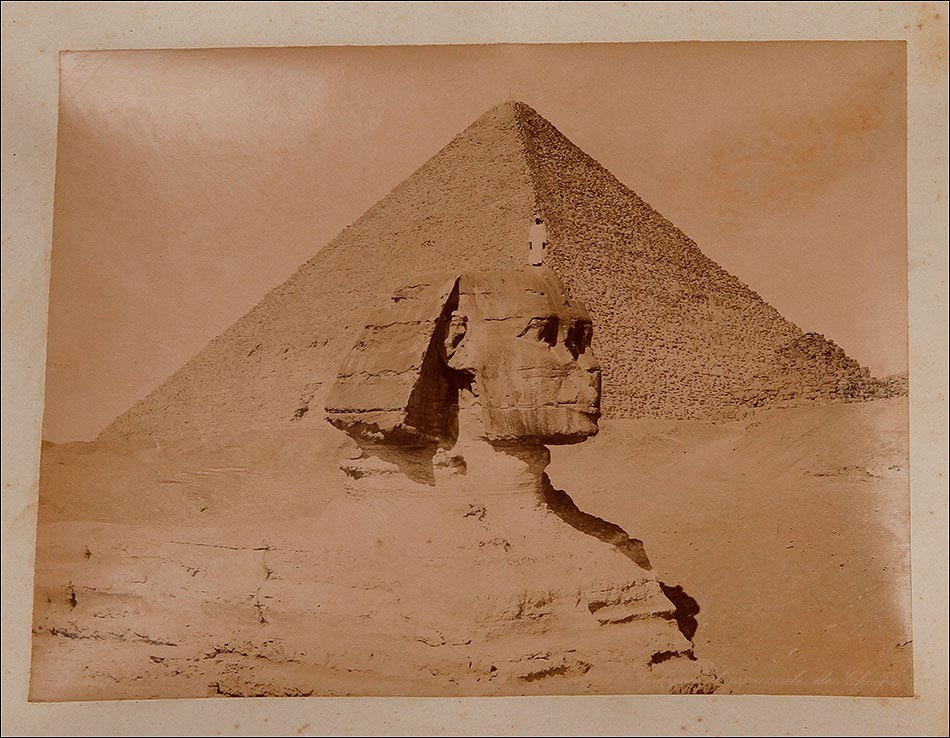


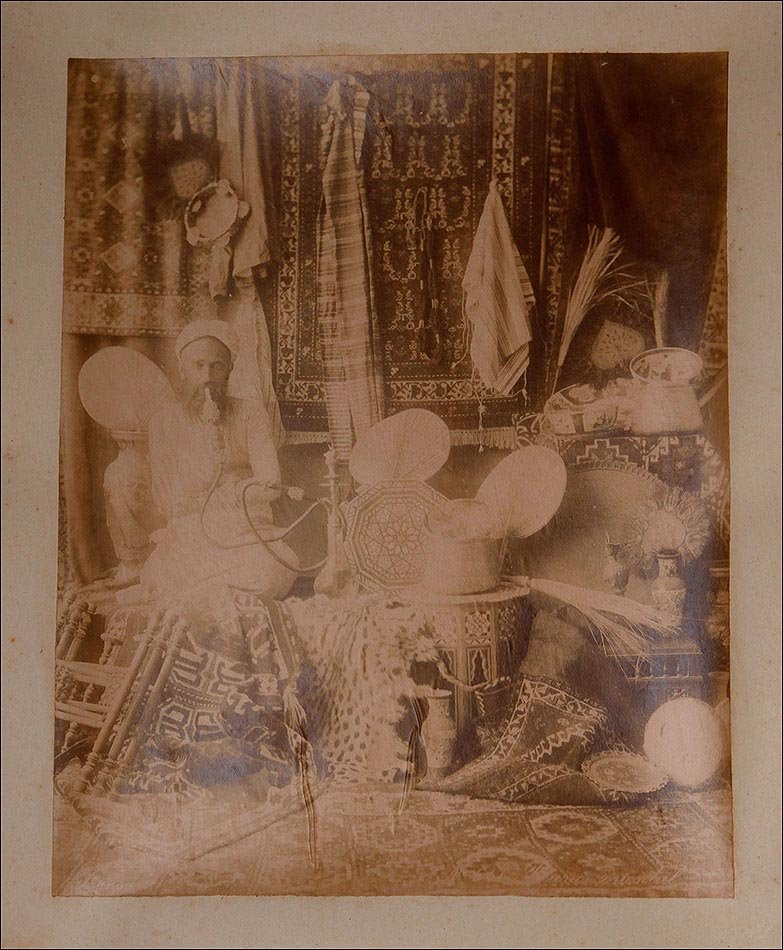
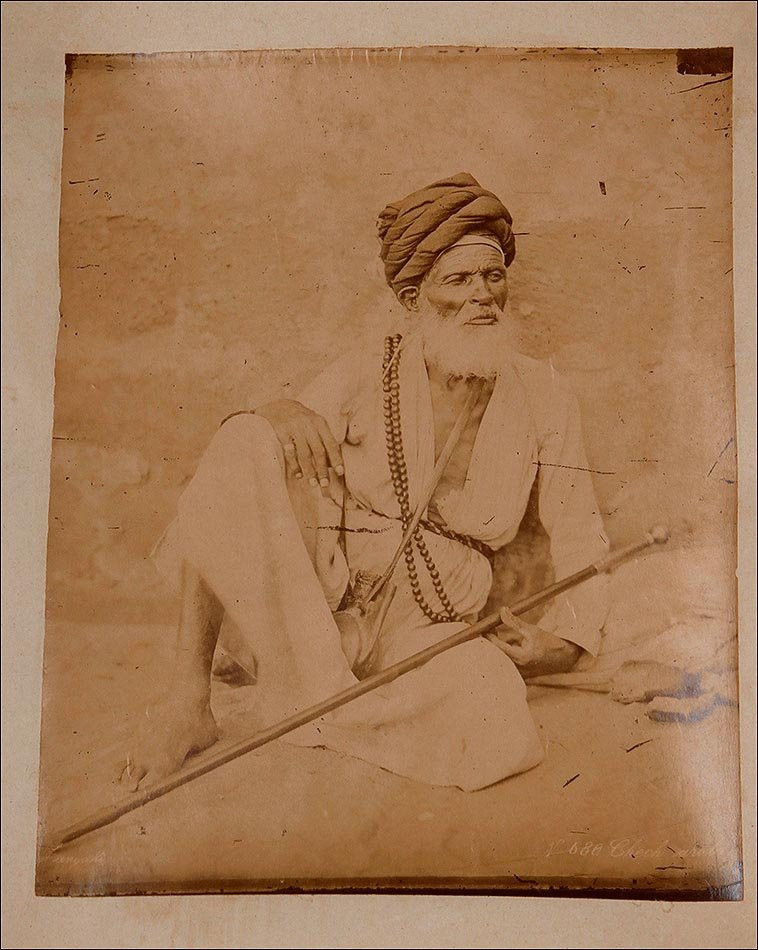
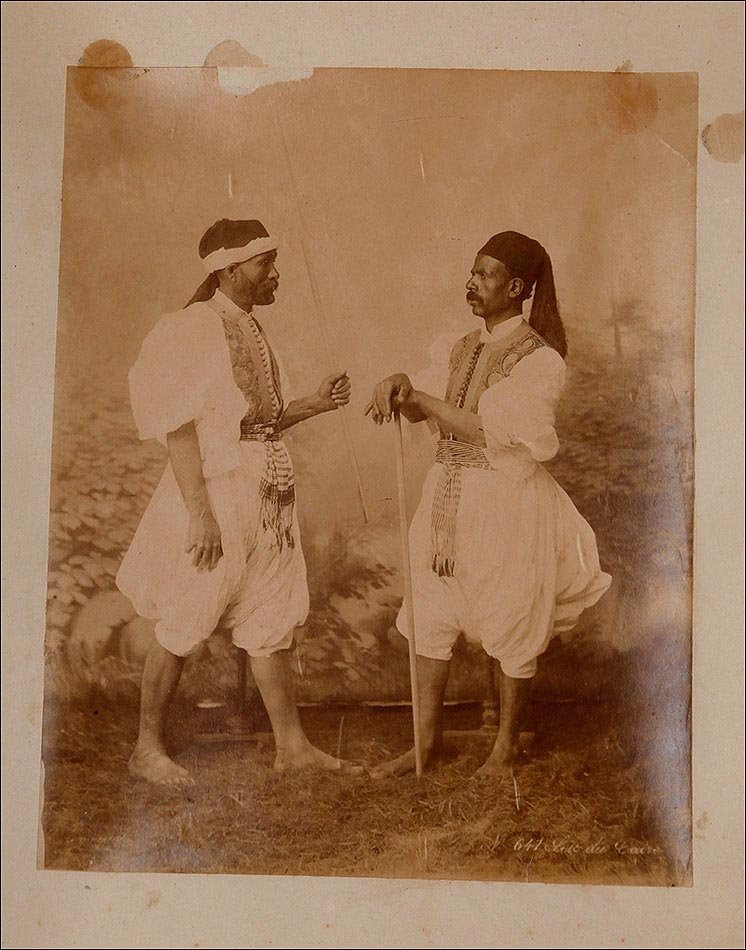
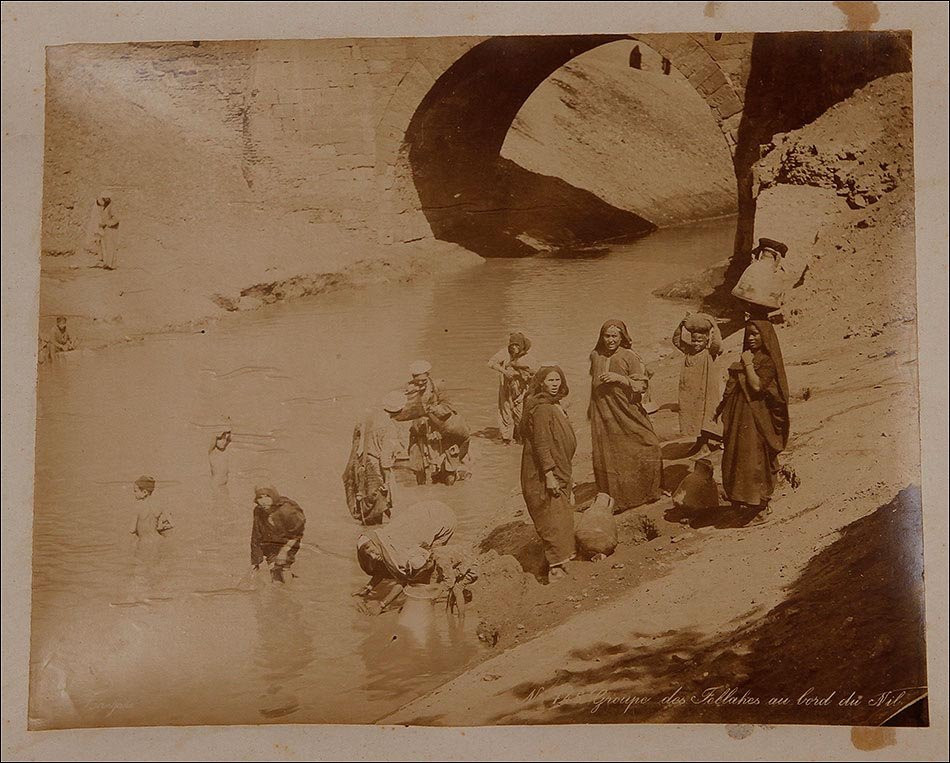
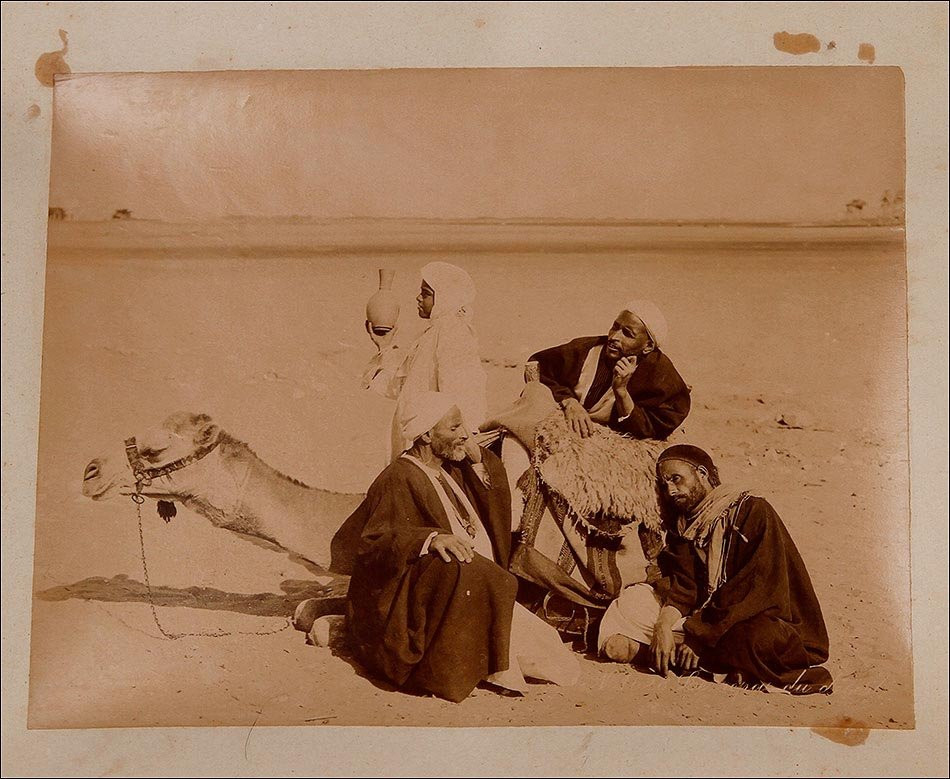
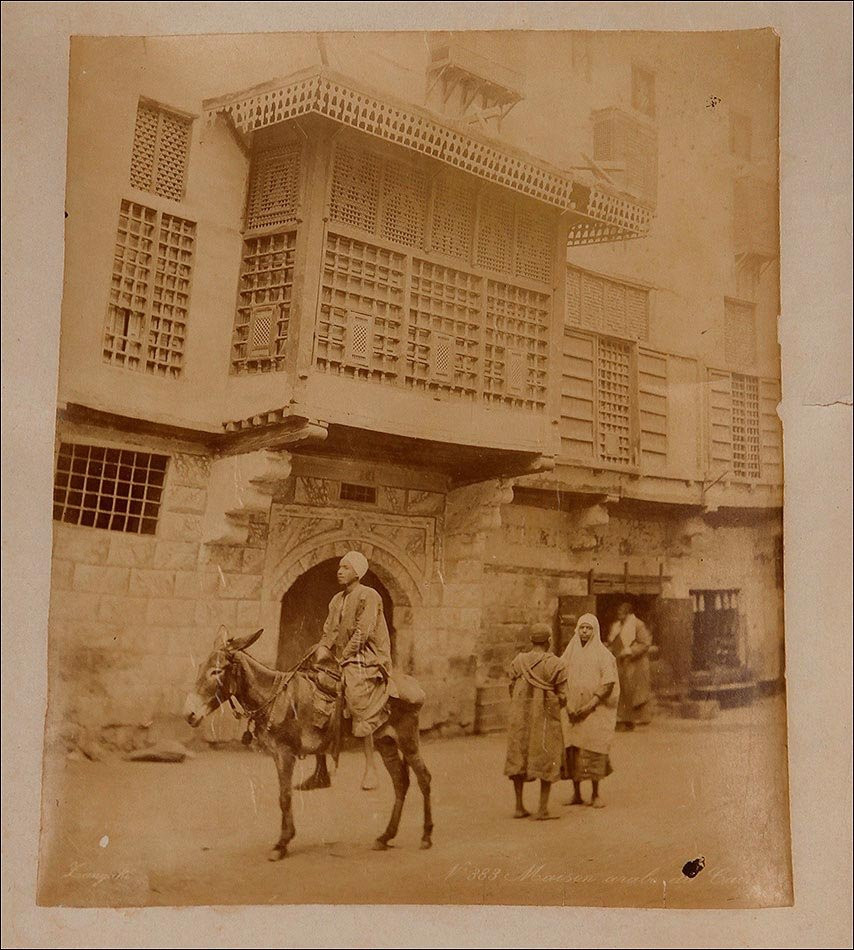

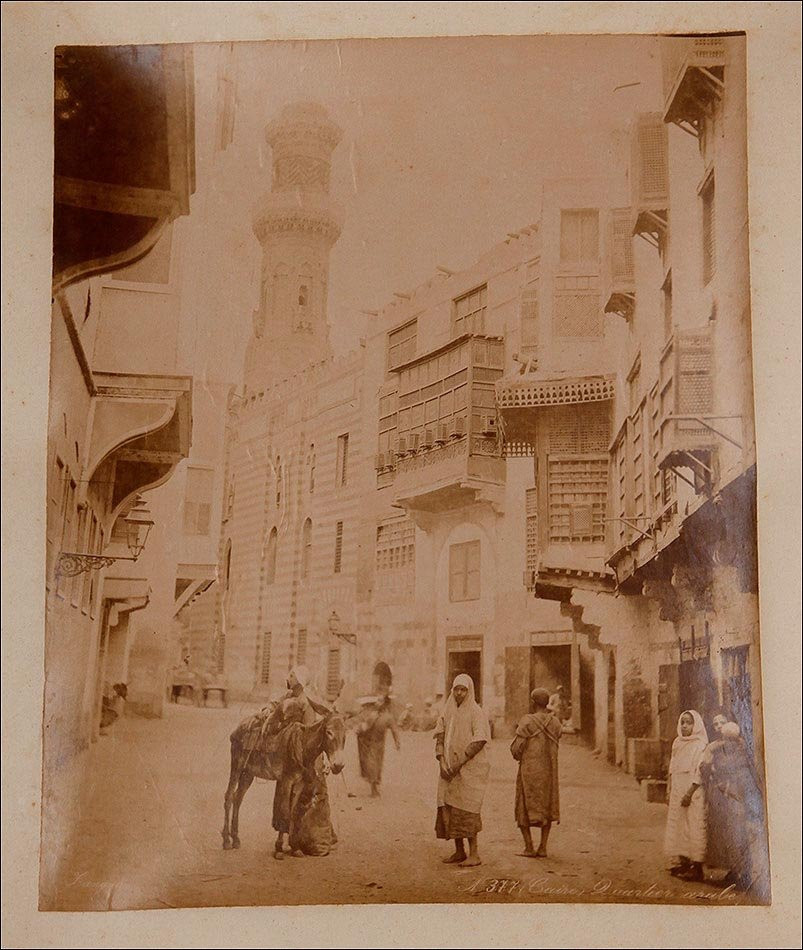

















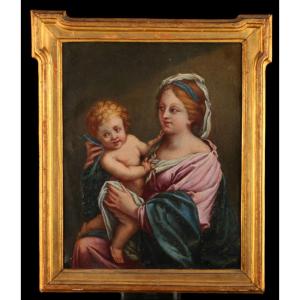



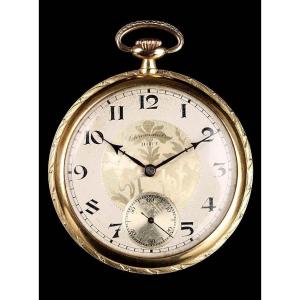





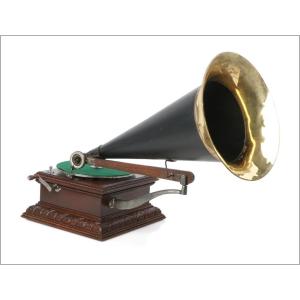
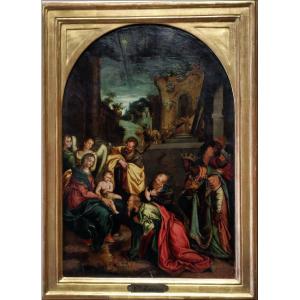
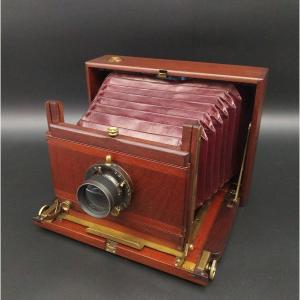
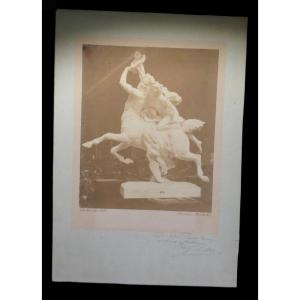
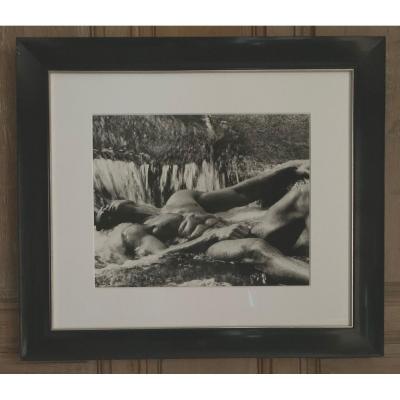





 Le Magazine de PROANTIC
Le Magazine de PROANTIC TRÉSORS Magazine
TRÉSORS Magazine Rivista Artiquariato
Rivista Artiquariato